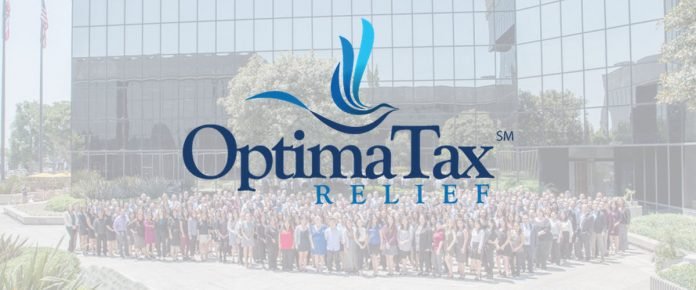Last Updated on October 15, 2022 by
There are several options for taxpayers to pay their tax bills, as well as finding other options if they cannot afford to. Optima Tax Relief reviews how taxpayers can check their balance and make a tax bill payments.
Taxpayers can view their balance in their Online Accounts on the IRS website, as well as their payment history, scheduled payments, pending payments, and payment plan details.
Taxpayers have several options for making tax bill payments, including:
- Electronic Funds Withdrawal: EFW allows payment from a bank account when using a tax prep software or a tax professional. This does not cost the taxpayer any additional funds, but it can only be used when e-filing a return.
- IRS Direct Pay: This free and secure payment method allows payment from a bank account without any additional fees. Taxpayers can even schedule their payments up to one year in advance.
- Electronic Federal Tax Payment System: This free option requires enrollment but allows taxpayers the option to pay individual or business taxes online on the ETPS website or over the phone.
- Credit Card, Debit Card or Digital Wallet: This option requires the use of a third-party payment processor that charges their own fees. Taxpayers can find a list of authorized processors on the IRS website.
- Cash: This option takes more time than others, so taxpayers should be mindful of deadlines. There are several Cash Processing Companies that are authorized to handle these transactions, including CVS Pharmacy, Walgreens, 7-Eleven, and more. There are several steps to this option and more details can be found on the IRS website.
- Check or Money Order: Checks or money orders should be made payable to “United States Treasury” and should be enclosed with Form 1040-V (Payment Voucher). The memo should also include “Form 1040”, the tax year, name, address, phone number and Social Security number.
It’s important to pay tax bills, or at least a portion of it before the tax deadline each year. Even making a partial payment can reduce the amount of interest penalty fees. Both short-term and long-term payment plans are available to most taxpayers who cannot afford to pay their tax bill in full. Short-term plans are expected to be paid within 180 days or less and the total amount owed must be less than $100,000. Long-term plans, also known as installment agreements, require a balance of less than $50,000, monthly payments and a setup fee.
Some taxpayers with financial hardship can also request delayed collection, penalty relief, and in more extreme cases, an Offer in Compromise. This option requires a $205 non-refundable application fee and taxpayers can determine their eligibility with the Offer in Compromise Pre-Qualifier Tool on
Read More: How Much Does Tax Relief Cost?



























